Conditionnement : 500mg
Demander plus d'informations
Veuillez vous connecter pour utiliser cette fonctionnalité.
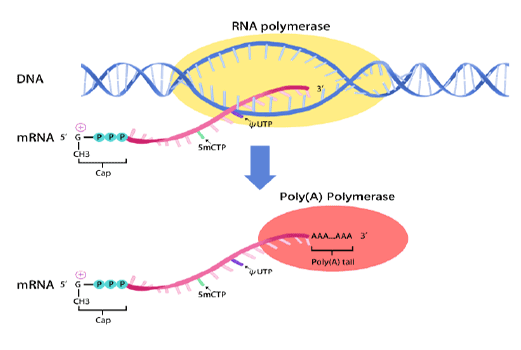
In vitro transcription of capped mRNA with modified nucleotides and Poly(A) tail
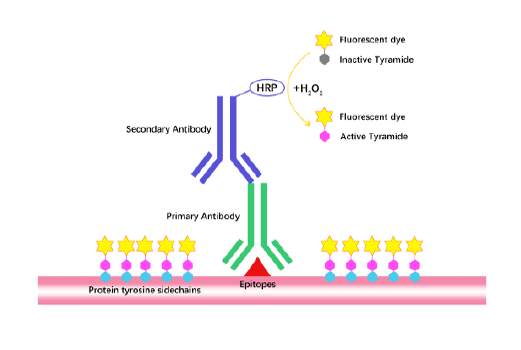
TSA (Tyramide Signal Amplification), used for signal amplification of ISH, IHC and IC etc.
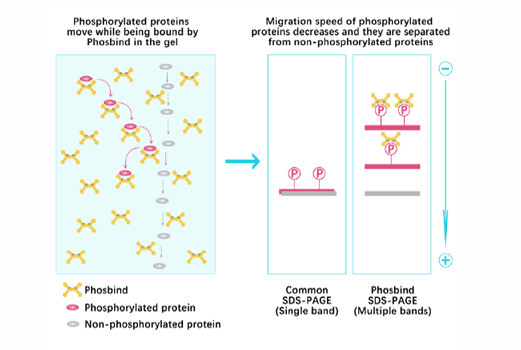
Separation of phosphorylated and non-phosphorylated proteins without phospho-specific antibody
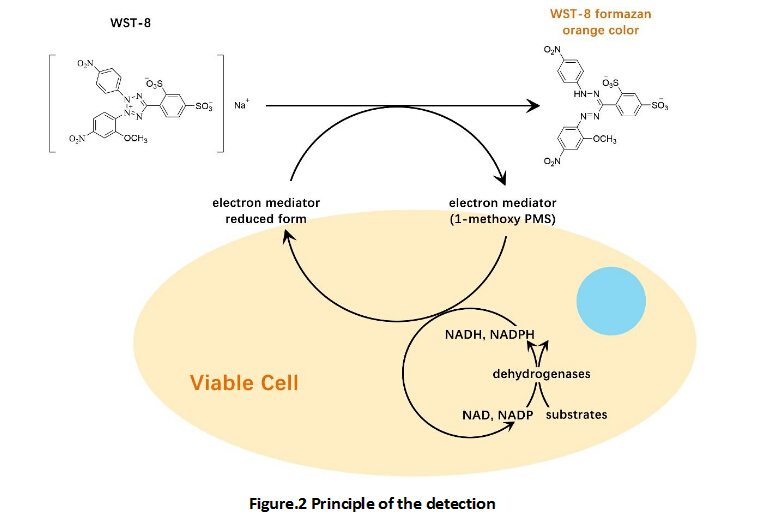
A convenient and sensitive way for cell proliferation assay and cytotoxicity assay
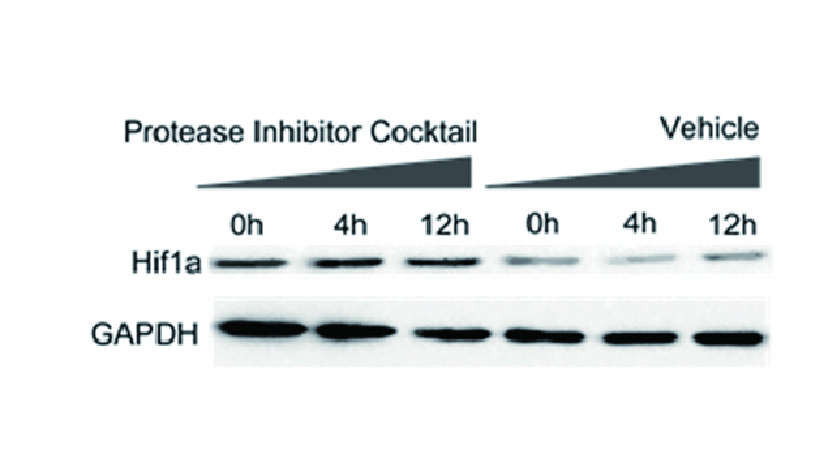
Protect the integrity of proteins from multiple proteases and phosphatases for different applications.
Colchicine, a tubulin inhibitor, which block polymerization of microtubules by binding to tubulin (IC50 = 3.2 μM).
Tubulin is one of several members of a small family of globular proteins. The tubulin superfamily includes five distinct families. To form microtubules, the dimers of α- and β-tubulin bind to GTP and assemble onto the (+) ends of microtubules while in the GTP-bound state.[1] The β-tubulin subunit is exposed on the plus end of the microtubule while the α-tubulin subunit is exposed on the minus end. After the dimer is incorporated into the microtubule, the molecule of GTP bound to the β-tubulin subunit eventually hydrolyzes into GDP through inter-dimer contacts along the microtubule protofilament.[2] This is the GTP cycle which is essential for the dynamic instability of the microtubule.
Colchicine inhibits microtubule polymerization by binding to tubulin, one of the main constituents of microtubules. Availability of tubulin is essential to mitosis, and therefore colchicine effectively functions as a "mitotic poison" or spindle poison.[3] So mitosis can be stopped before it completes near the middle of mitosis (specifically metaphase) in the cell cycle. Apart from inhibiting mitosis, colchicine also inhibits neutrophil motility and activity, leading to a net anti-inflammatory effect in 5 μmol/kg in a mouse model of gouty arthritis and inhibits the deposition of uric acid, a key aspect in the treatment of gout.[4] Side-effects include gastrointestinal upset and neutropenia. High doses can also damage bone marrow and lead to anemia and also cause hair loss.[5]
References:
1. Heald R, Nogales E. "Microtubule dynamics". J. Cell. Sci. 2002,115 (Pt 1): 3–4.
2. Howard J, Hyman A. "Dynamics and mechanics of the microtubule plus end". Nature 2003,422 (6933): 753–8.
3. "Information for Healthcare Professionals: New Safety Information for Colchicine (marketed as Colcrys)". U.S. Food and Drug Administration.
4. Chen LX, Schumacher HR. "Gout: an evidence-based review". J Clin Rheumatol 2008, 14: S55–62.
5. Colchicine. National Institute for Occupational Safety and Health. Emergency Response Safety and Health Database, August 22, 2008. Retrieved December 23, 2008.
| Physical Appearance | A solid |
| Storage | Store at -20°C |
| M.Wt | 399.44 |
| Cas No. | 64-86-8 |
| Formula | C22H25NO6 |
| Solubility | ≥19.97 mg/mL in DMSO; ≥45.5 mg/mL in H2O with gentle warming; ≥50.8 mg/mL in EtOH with gentle warming |
| Chemical Name | N-[(7S)-1,2,3,10-tetramethoxy-9-oxo-6,7-dihydro-5H-benzoamheptalen-7-yl]acetamide |
| SDF | Download SDF |
| Canonical SMILES | COC1=C(C(C([C@@H](NC(C)=O)CC2)=C3)=CC=C(OC)C3=O)C2=CC(OC)=C1OC |
| Shipping Condition | Small Molecules with Blue Ice, Modified Nucleotides with Dry Ice. |
| General tips | We do not recommend long-term storage for the solution, please use it up soon. |
| Cell experiment:[1] | |
| Cell lines | Rat cerebellar granule cells (CGCs) |
| Reaction Conditions | 1 μM colchicine for 12 ~ 24 h incubation |
| Applications | Exposure to 1 μM colchicine, a microtubule disrupting agent, triggered apoptosis in rat CGCs. Apoptotic nuclei began to appear after 12 h followed by oligonucleosomal DNA laddering, whereas inhibition of the mitochondrial 3-(4,5-dimethylthiazol-2-yl)-2,5-diphenyltetrazoliumbromide metabolism became significant between 18 and 24 h, when most cells already had apoptotic nuclei. |
| Animal experiment:[2] | |
| Animal models | Male C57BL/J6 mice, aged 8 ~ 12 weeks |
| Dosage form | 5 μmol/kg Administered orally |
| Applications | Oral colchicine inhibited monosodium urate (MSU)-induced superoxide production by neutrophils in vivo at doses 100 times lower than those required to inhibit neutrophil infiltration and without acute liver or renal toxicity. Neutrophils treated with colchicine in vivo still produced superoxide in response to another stimulus, 4-β-phorbol-12-myristate-13-acetate. These results show a beneficial effect of colchicine for the treatment of MSU-induced superoxide production in vivo at sub-toxic doses without compromising superoxide production by other physiological processes. |
| Note | The technical data provided above is for reference only. |
| References: 1. Bonfoco E, Ceccatelli S, Manzo L, et al. Colchicine induces apoptosis in cerebellar granule cells. Experimental Cell Research, 1995, 218(1): 189-200. 2. Chia EW, Grainger R, Harper JL. Colchicine suppresses neutrophil superoxide production in a murine model of gouty arthritis: a rationale for use of low-dose colchicine. British Journal of Pharmacology, 2008, 153(6): 1288-1295. | |
 COA (Certificate Of Analysis)
COA (Certificate Of Analysis) HPLC
HPLC NMR (Nuclear Magnetic Resonance)
NMR (Nuclear Magnetic Resonance) MSDS (Material Safety Data Sheet)
MSDS (Material Safety Data Sheet) Datasheet
Datasheet COA (Certificate Of Analysis)
COA (Certificate Of Analysis) HPLC (Retest)
HPLC (Retest) NMR (Nuclear Magnetic Resonance)
NMR (Nuclear Magnetic Resonance) MSDS (Material Safety Data Sheet)
MSDS (Material Safety Data Sheet) Datasheet
Datasheet
